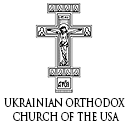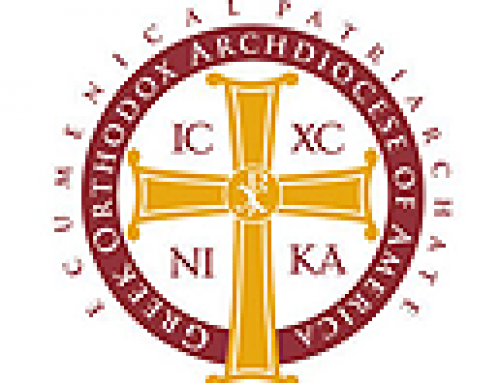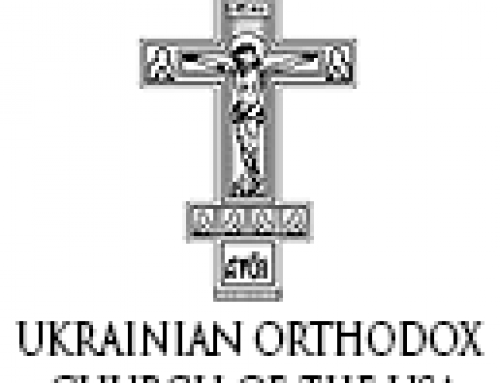This post was originally published on this site

The Great Canon of Saint Andrew, Bishop of Crete, is the longest Canon in all of our divine services, and is associated with Great and Holy Lent, since the only times it is appointed to be read in church are the first four nights of Holy and Great Fast through Clean Thursday, at Great Compline when it is serialized and at Matins for Thursday of the Fifth Week of Holy and Great Lent, when it is read in its entirety (in the latter service, the entire life of Saint Mary of Egypt is also read).
There is no other sacred hymn which compares with this monumental work, which Saint Andrew of Crete wrote for his personal meditations. Nothing else has it extensive typology and mystical explanation of the Holy Scripture, from both the Old Testament and the New Testament. One can almost say that this solemn hymn of the Church is an exposition of the Old Testament. Its other distinctive features are a spirit of solemn humility, hope in God’s mercy, and exquisite Trinitarian Doxologies and hymns to the Mother of God in every Ode.
The holy Canon is a “dialogue between St. Andrew and his soul.” The ongoing theme is an urgent exhortation to change one’s life or in other words to repent. Saint Andrew always mentions his own sinfulness placed side by side to God’s mercy, and uses literally hundreds of references to good and bad examples from the Old Testament and the New Testament to “persuade himself” to repent.
A Canon is an ancient liturgical hymn, with a very strict format.



